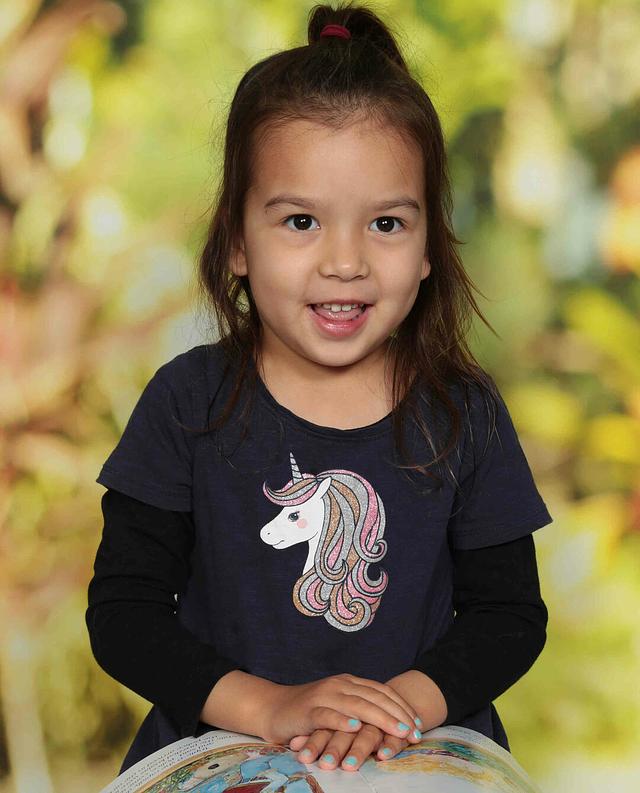เรัยนรู้ จาก ⭕️ ถึง ✴️ (in slow motion)
เล่าเรื่องภาษาไทย จากตา ถึงหลาน
(Telling a Thai language story from 'Ta' to 'Star')
I have been building a little 'app' for my 3 years old grandchild (Zara [sound like สะระ -- สระ]) and once again I run into the various issues we ignore in every day use of Thai language. But to help a learner to learn another language from zero (0; nothing, naught, zilch, the ground up,... without any knowledge of), is very easy in the 'natural' way. So easy that we don't usually think about it in details. So, let me bore you by going through this in slow motion ;-)

We usually take a gentle approach to repeat simple names [พ่อ แม่ ตา ยาย กล้วย แอพเพิล เก้าอี่ แพนเค็ก
...('physical' things)], then we repeat some more abstract names [แดง เหลือง เขียว ร้อน หนาว เลอะ เปียก กลม สามเหลี่ยม ... (abstract/conceptual)], and we go into phrases (two or more words of different kinds) [กินข้าว ไปเดิน กลับบ้าบ ขึ้นบันได หิวใหมลูก เล่นชิงช้าใหมลูก ... (combinations)]. If we started from the the child birth, by the time the child is 3 years old the first and second language would have been understood -- both of course are only oral languages at this stage.
We continue with more vocabulary, tense [today, yesterday, later, in the after noon, tomorrow, ... (time control)], possibility [if, when, only if, only when, after that, you/I would ... (conditional)], and by the time the child is 4, the oral languages would be firmly rooted -- at least conversational -- because the child will have also learned to talk back in these languages.
Now to start the child on reading and writing the languages -- you can see that we have to jump up by a few levels. We have to deal with 'associations' of 'oral words' to 'written words' and we have to side-step by learning the 'alphabet' (a set of letters or symbols for the language) -- that is a mandatory side-step. So we go back and start again with 'names of letters' of the alphabet. (For Thai we also have to learn two drastically different alphabets (Latin and Thai). But evidence suggests that children can usually 'learn' the alphabets and can associate each set to the correct language. And it helps if different alphabet is taught by different person.]
We usually call this course 'เรียน ก ข' and/or 'learning the ABC'. There are a lot of learning aids for this online and on children TV.
Next step is to link up 'oral words' to 'written words'. This is where children need help to overcome unnatural ('artificial') linking. Another side-step is needed to assemble letters in blocks (groups) representing oral/vocal words. Here, we have rules and exceptions (idiosyncrasies) for each language. For examples in Thai we say กอ สระ อา กา ( ก and า form a block กา and reads กา), กอ สระ อิ กิ, then a few steps down we say คอ สระ อื คือ. That sounds nice and smooth, but look ก -า -> กา, ก -ิ -> กิ, ... but ค -ื -> คิอ (we expect คื along the line but สระ -ื in writing is -ือ ). A few more months later we learn about ก -็ ก็ ( ก้อะ ) where -็ is not in the vowel set but in writing we use it as สระ -้อะ . To make it more interesting, we -อะ (short vowel; like เ-ะ แ-ะ เ-ียะ) -อ (long vowel; like -เ -แ เ-ีย) but we write เกาะ instead of กอะ ,
In English we hear to, two, too (as in 'do you want to go to the park?', 'we will buy two apples', 'I want to go too') and children have to learn to associate the 'too' to 'to' or 'two' or 'too' along with the context they are used. Along with the 'cases' (actor, receiver, instrument), numbers ( one or many), and so on of the more complex language (English is still much less complex than French or Pāli). In associating vocal words to blocks of letters, English language has bead ( -ีด ), head (เ-ด) and lead (-ีด or เ-ด -- depending on what we mean), sour and soup, and so on.
But these idiosyncrasies are no obstacles to learners (We learned them, didn't we?). They can learn the patterns (usual ways) and the exceptions. Both through repeating (memorizing) just like we learn to play music by practice. Good memory is normal for everyone (bad memory is a curse though) and practice helps to keep memory longer. But 'bad practice' can hinder progress later in life ad Sigmund Freud and his followers would vow. This is the point, we have to make practice happy and fun for children. We have think about learning courses -- not training courses. Learning is exploring, adventuring and discovering then applying to gain the benefits of learning. (We would say 'training' is automating, repeating processes and accomplishing preset output product then utilizing to benefit usually employers.) So, learners can become freelancers, entrepreneurs, innovators and (in modern slang) unicorns.
While we have a lot of work to do and all need to be done yesterday, the importance of preschool cannot be overlooked. Children can start good learning with good support for physical (body), mental (intelligence and brain) and moral (norm and value) development. With good food provision, good activity programs, good carer and guides and good and safe environment, we should have good chance of developing good people for our future society.
And any political party that opposes this proposal to provide free and adequate "local" preschool learning facilities, do not elect them.
ความเห็น (1)
Great story to tell to any parents….วิโรจน์ ครับ